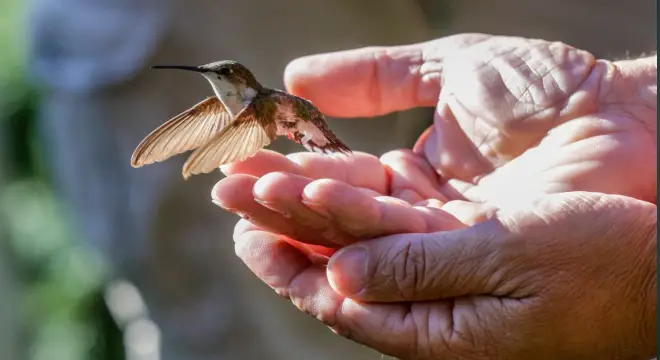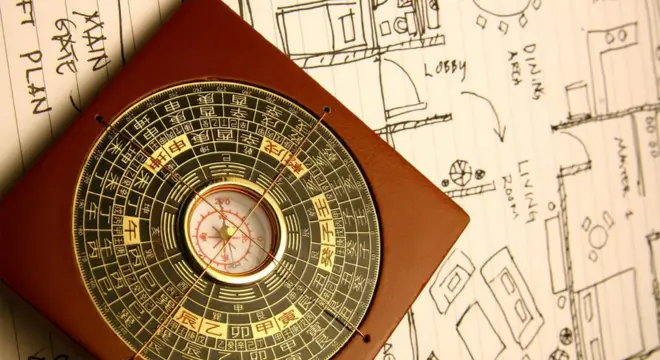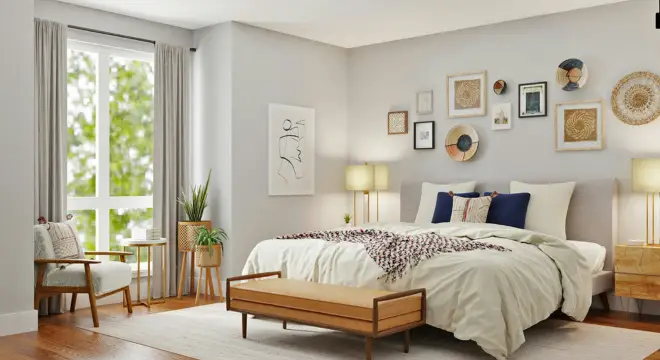How to Attract Hummingbirds to Your Garden: Simple Tips for a Colorful, Lively Space
Do you love the idea of tiny, colorful birds fluttering around your flowers? Ever wondered how it feels to have a hummingbird stop by while you relax outside? What if your garden could become their favorite hangout spot?
How do you attract them? What do they really look for in a garden? Is it just flowers, or something more?
In this easy guide, you’ll learn:
- What hummingbirds are naturally drawn to
- How to turn your garden into a hummingbird paradise
- Simple steps to invite these magical birds to visit again and again
Ready to fill your outdoor space with color, life, and the soft hum of tiny wings? Let’s get started!
Why Should You Attract Hummingbirds to Your Garden?
1. They help flowers grow
Hummingbirds drink nectar from flowers. While doing this, they move pollen from one flower to another. This helps plants make more flowers and fruits — a process called pollination. So, if you love a colorful garden, hummingbirds are great helpers!
2. They eat tiny bugs
Hummingbirds don’t just sip nectar — they also eat small insects like ants, gnats, and aphids. These bugs can harm your plants. So, hummingbirds act like natural pest control, helping keep your garden healthy without chemicals.
3. They make your garden more beautiful and lively
These little birds are super colorful and fast. Watching them fly and hearing their soft humming sound adds life and joy to your space. They make your garden feel peaceful, natural, and full of energy.

3️. Best Types of Plants to Attract Hummingbirds
If you want to invite hummingbirds into your garden, choose flowers that are full of color and nectar. Purple flowers are especially loved by hummingbirds because they are bright and easy to spot!
Here are some of the best purple plants you can grow:
1. Salvia (Purple Sage) –
These tall, bright purple flowers are full of nectar. Hummingbirds love visiting them again and again. Plus, they grow well in sunny spots and need little care.
2. Verbena –
This is a low-growing plant that spreads out like a blanket. It has small, purple flowers grouped together. It’s perfect for borders or filling empty ground space.
3. Petunia (Purple variety) –
Petunias look great in hanging baskets or along garden edges. Their trumpet-shaped flowers are just the right shape for hummingbirds to drink nectar from.
4. Bee Balm (Purple varieties) –
This plant is known as a hummingbird magnet! It has unique, spiky flowers that are full of nectar — and it blooms for a long time.
5. Lavender –
Lavender is not only beautiful and fragrant but also attracts hummingbirds, especially in warm climates. It also keeps away unwanted bugs!
Pro Tip: The more colorful and nectar-rich your garden is, the more likely hummingbirds will visit and return!

4️. Other Flower Colors That Work Well
While purple flowers are great, hummingbirds also love bright colors — especially red, orange, and pink. These colors catch their eye from far away and bring them straight to your garden.
Why These Colors Work:
- Red is the top favorite — it’s bold and easy for hummingbirds to spot.
- Orange and pink are also super attractive and full of nectar.
- These colors remind them of food, so they visit more often.
Mix It Up for the Best Results:
Don’t just stick to one color! Plant a mix of red, orange, pink, and purple flowers to make your garden look lively and welcoming. The variety will keep hummingbirds curious and coming back.

5️. Use Feeders to Add More Appeal
If you want to bring even more hummingbirds to your garden, feeders are a great idea — especially when flowers aren’t blooming.
1. Use Red-Colored Feeders:
Hummingbirds love red. Using a bright red feeder catches their attention quickly and invites them to come closer.
2. What to Put Inside:
Make your own nectar at home — it’s easy and safe:
Mix 1 part white sugar with 4 parts water.
(No need to add any red color or dye — it’s not healthy for them.)
3. Keep It Clean:
To keep the birds safe, clean the feeders every 3 to 5 days. Dirty feeders can grow bacteria that can harm the birds.
Tip: In hot weather, clean the feeder more often!

6️. Water Sources – Give Hummingbirds a Place to Drink & Bathe
Hummingbirds don’t just need flowers and food — they also love fresh, clean water.
1. Add a Birdbath or Mini Fountain:
Place a small birdbath, fountain, or water bowl in your garden. It gives hummingbirds a spot to drink and gently clean themselves.
2. Use Moving Water:
Hummingbirds are drawn to the sound and sparkle of moving water. A tiny fountain, drip system, or mist spray works great to catch their attention.
3. Keep It Clean Always:
Change the water every couple of days so it stays fresh and safe for the birds.

7️. Create a Safe & Peaceful Garden Space
To make sure hummingbirds keep visiting your garden, you need to create a place where they feel safe, relaxed, and at home.
1. Avoid Pesticides or Chemicals
Pesticides are sprays that kill insects, but they can also hurt birds. Hummingbirds eat tiny bugs for protein, so if there are no insects, they might stop coming.
Also, chemicals on plants can make the nectar unsafe for them.
Use natural ways to keep bugs away, like planting insect-repelling herbs (e.g., mint, basil).
2. Keep the Area Calm and Quiet
Too much noise, shouting, or loud machines can scare hummingbirds. They are tiny and get frightened easily.
Try to keep pets, lawn mowers, or loud music away from the garden when birds are around.
3. Plant in Layers
Birds like gardens that feel like a little forest. If you plant:
- Tall plants or trees (for perching or shade),
- Medium-sized shrubs (for nesting or hiding),
- Low flowers (for feeding on nectar),

8️. Seasonal Care & Blooming
If you want hummingbirds to visit your garden regularly, not just once, then you need to make sure your garden looks alive and colorful all year long — especially from spring to fall.
1. Choose Plants That Bloom for a Long Time
Pick flowers that bloom (grow flowers) during different seasons — some in spring, some in summer, and some in fall.
This way, hummingbirds will always find nectar in your garden whenever they visit.
Example:
- Spring: Columbine
- Summer: Bee Balm, Salvia
- Fall: Autumn Sage
2. Keep Your Garden Active All Year
Even in colder months, try to keep some plants or feeders ready.
When the birds return after migration, they’ll remember your garden and come back.
Bonus tip: Keep feeders clean and full even when flowers are few.
3. Deadhead Flowers (Cut Off Old Blooms)
When flowers die or dry up, gently cut them off. This helps the plant grow new fresh flowers, which means more nectar for the birds!
It’s like helping your plant stay young and pretty for longer.

9️. FAQs (Frequently Asked Questions)
Q1: Which flowers do hummingbirds love the most?
- Hummingbirds really like bright-colored, tube-shaped flowers like salvia, bee balm, and petunia. These flowers have lots of sweet nectar!
Q2: Can I still attract hummingbirds without using feeders?
- Yes! If you plant nectar-rich flowers, hummingbirds will visit naturally — no feeder needed.
Q3: When do hummingbirds usually come to gardens?
- The best time to see them is from spring to fall, when the weather is warmer and flowers are blooming.
Q4: Is sugar water safe for hummingbirds?
- Yes, it’s safe if you make it at home with no dyes. Just mix 1 part sugar with 4 parts water. That’s it!
Q5: Will the same hummingbirds come back every year?
- Yes! If your garden stays safe and full of flowers, the birds will remember it and return every year.
10. Conclusion
Hummingbirds love bright flowers, sweet nectar, and calm spaces.
Just plant the right blooms, keep feeders clean, and skip the chemicals.
- A few small steps can turn your garden into a hummingbird paradise!
- Start today and enjoy nature’s tiniest visitors in your own backyard!


